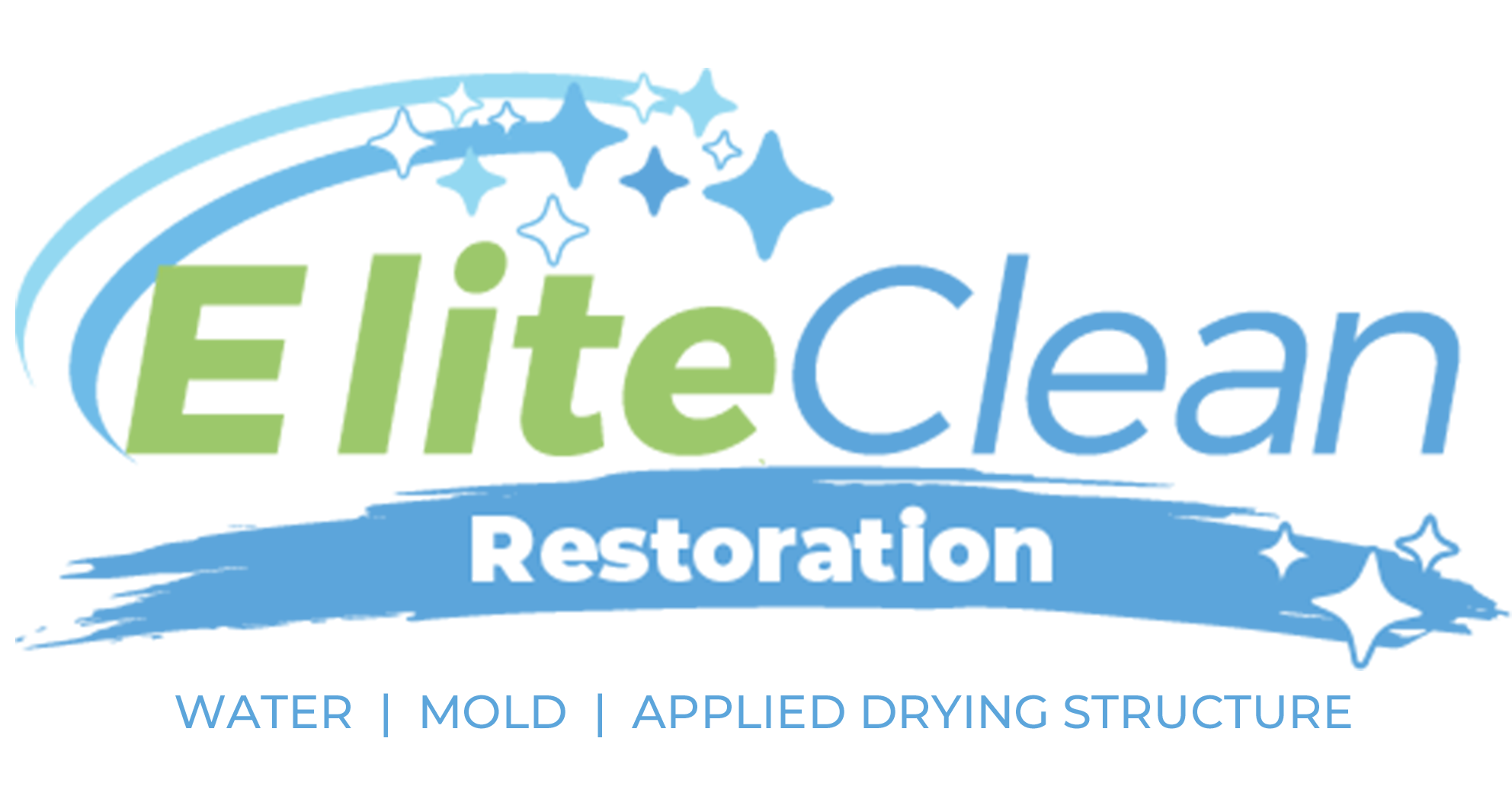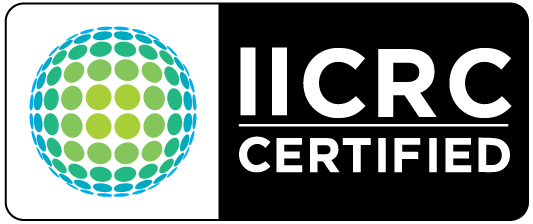Severe storms, like hurricanes, tornadoes, and thunderstorms, can devastate a residence and its immediate surroundings. Protecting yourself and your family is one of the most critical steps when dealing with a storm. This article outlines all the steps you should take at once to keep yourself and others safe after a storm.
1. Stay Alert and Follow Storm Protocols
The first and foremost thing to do after a storm is to stay alert. It’s imperative to remain vigilant for hazards that threaten your safety. Listen to the radio or local news broadcasts for important details about the storm and any necessary cleanup or recovery efforts.
Be aware of your local emergency protocols and take shelter when advised by local authorities. If you don’t have access to electricity or other forms of media, stay in a safe location and monitor activity outside your home until the storm passes and conditions become safe again.
2. Check Damage to Home and Property
Once the storm has passed, assess the damage to your home and property. You don’t want to enter your home until it’s been deemed safe by the local fire and police departments. If the weather is wet or overly humid, leave your home for a safer location until things dry out.
If you detect major damage to your home, such as a collapsed roof or walls, power outages, flooding, or busted windows, it’s best to stay away from the area until authorities have cleared it. Call your insurance company at once to evaluate the damage and begin the claims process.
3. Secure Your Home and Property
If the damage to your home is minimal, secure it by nailing wooden planks to your windows, doorframe, and outer walls. Remove standing water and debris from your front and back yards, as well as the pavements or sidewalks adjacent to the property.
In addition, you will want to take precautionary measures during this time by switching off the power to prevent electrical shock. It’s also wise to keep any highly valuable items in a secure location until they can be properly inspected.
4. Inspect Safety Hazards
Safety hazards are an important consideration when dealing with a storm’s aftermath. Look for downed power lines, snapped tree branches, or gaping holes in the roof that can be potential hazards. Additionally, it’s best to stay away from the affected areas and call local emergency services for assistance if necessary.
5. Be Vigilant for Health Issues
Your health should be a top priority, especially in the wake of a storm. Always stay vigilant for symptoms of exhaustion, dehydration, and other health problems that can affect you from prolonged exposure to the storm. If you or your loved ones experience any of these symptoms, seek medical attention immediately.
6. Take Care of Your Mental Well-Being
After a storm has passed, it’s easy to feel overwhelmed by the recovery process. Take time away from the cleanup and recovery operations to practice self-care and care for your mental health. Schedule time each day to connect with family, friends, and loved ones.
Conclusion
Dealing with a storm’s aftermath can be difficult, but taking the right steps in the immediate aftermath can help protect you and your family from harm. Stay alert and follow emergency protocols, check damage to your home and property, secure your residence, inspect safety hazards, and take care of your mental well-being throughout the recovery process.
At Elite Clean Restoration, we are here to help you in the aftermath of a storm. Our certified restoration experts are available 24/7 to provide emergency water extractions, cleanups, and repairs to your home or business. Call us at (463) 218-9616 for more information.

